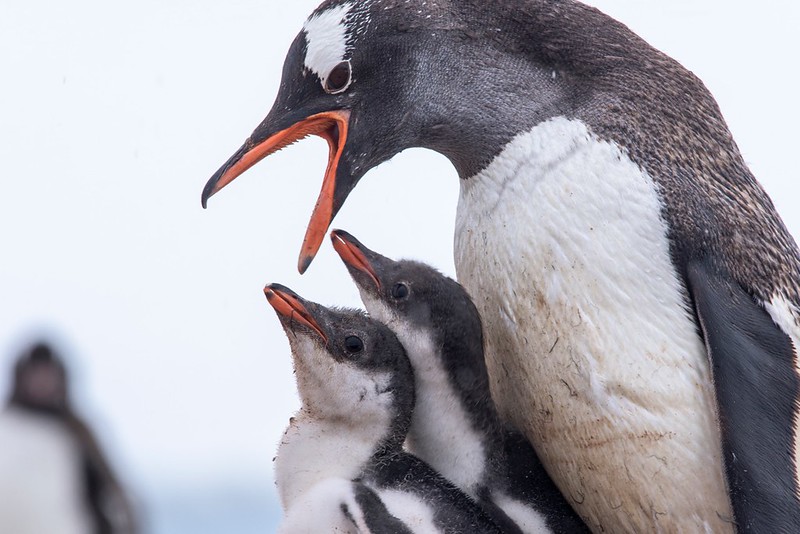Animal health officials have confirmed highly pathogenic H5N1 avian flu for the first time in penguins in the Antarctic region, part of a southward expansion of the virus.

The samples that tested positive were from a gentoo penguin and two chicks found dead off the coast of the Falklands Islands, considered a subantarctic region that is off the southern tip of Argentina. According to the Falklands Islands government website, the gentoo penguins were found on the Sea Lion Islands and were among a group of about 35 adults and chicks that were found sick or dead.
The Sea Lion Islands are the southernmost group of inhabited islands in the Falklands Islands archipelago.
Suspected H5N1 in second penguin species
The Scientific Committee on Antarctic Research, in its list of avian flu detections in the subantarctic and Antarctic regions, noted the confirmation in gentoo penguins. It also reported a suspected detection in king penguins from Fortuna Bay on the northeast coast of South Georgia and the South Sandwich Islands. The area is about 925 miles east of the Falklands Islands.
Cases follow first detection in Antarctic sea mammals
The suspected sample in the king penguins follows the recent detection of the virus elephant seals and fur seals from South Georgia an the South Sandwich Islands, which marked the first detection in mammals from the subantarctic region.
Animal health groups have warned about the risk of further spread of H5N1 to Antarctica's wildlife, especially given that some species, including penguins, live in dense colonies.














